how to break in a generator
- By BISON
Table of Contents
A generator, an essential piece of machinery, plays a pivotal role in our lives by providing a stable power source when the regular electrical grid is unavailable. As you know, how long your generator will last depends on how you take care of it. Breaking in your new generator can increase its life beyond the warranty period, and most well-maintained generators will last 10-15 years.
It’s like breaking in a new pair of shoes. A portable generator must go through several steps to break it down for use. BISON will dive into the importance of breaking in your generator, provide a step-by-step guide, and discuss the potential consequences of not performing this critical step correctly.
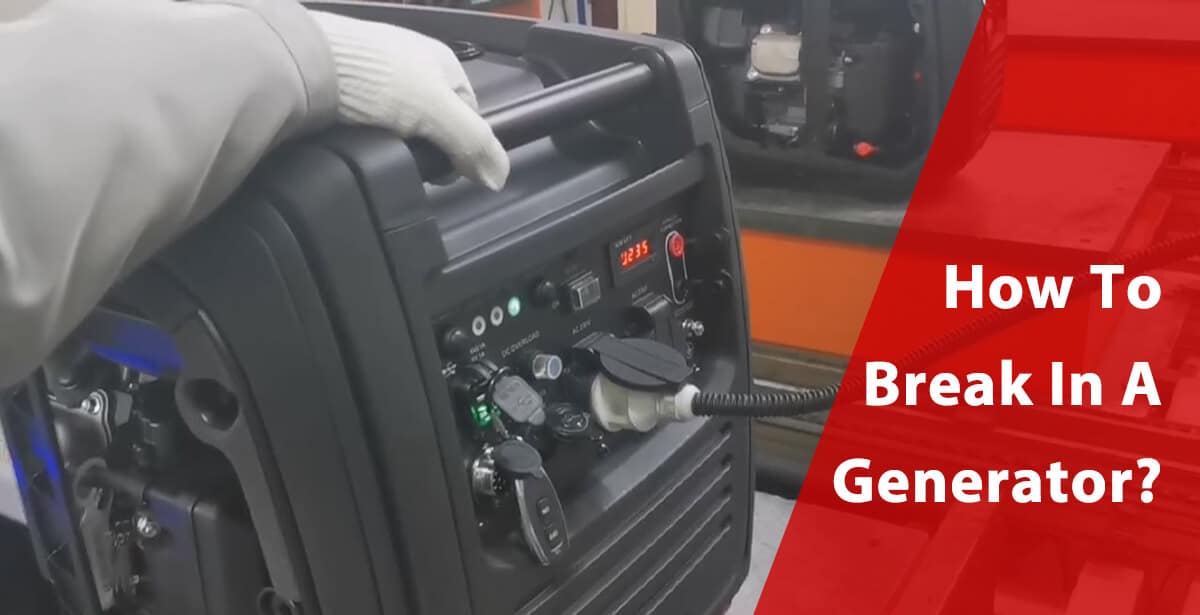
What is breaking in?
The internal workings of a portable generator engine include cylinder walls decorated with a crosshatch pattern. This pattern comes with small peaks and valleys. Uneven surfaces are designed to hold oil and grind the engine pistons into an optimal surface.
Engine break-in uses a controlled run to thoroughly lubricate the cylinder walls, grind the walls to an optimal surface, and push out all metallic contaminants left behind.
Why do you need to break in your new generator?
You risk severe damage when you don’t properly break in your new portable generator. You might even be shortening his life. There are two main reasons why you need to break in a new generator:
- To seat the piston rings. Piston rings are the rings that fit around the pistons in the engine. They seal the combustion chamber and prevent oil from leaking into it. When the generator is new, the piston rings are not yet seated, meaning that they are not perfectly mated to the cylinder walls. Breaking in the generator helps to seat the piston rings, which improves engine performance and reduces oil consumption.
- To flush out metal shavings and other debris. During the manufacturing process, small metal shavings and other debris can get into the engine oil. Breaking in the generator helps to flush out this debris, which reduces the risk of wear and tear on the engine components.
Steps to break in your new generator
Read the operator’s manual carefully
The manual (online or physical) should recommend your generator type and oil quantity. Once you’re familiar with these details, position the generator on a level surface in a well-ventilated area. This not only ensures the generator operates smoothly but also keeps exhaust fumes from accumulating in enclosed spaces
Equipment required for generator lubrication
Following the instructions in the operator’s manual, you will require:
- Fuel – Most generators will use diesel, gasoline, propane, or a combination of gas or propane. Use clean, approved fuel cans.
- Oil – What kind of oil does the generator use?
- Funnel – This makes it easier to pour oil into the reservoir.
Lubricate the spark plug chamber
The operator’s manual should have an engine diagram showing the spark plugs’ location. The spark plug should be carefully unscrewed and removed. To the chamber, add a few drops of oil conditioner. Pull the recoil starter slowly 8-10 times to lubricate the oil throughout the chamber.
Add oil and fuel to the respective reservoirs
The operator’s manual lists how much oil the engine can handle. Fill the tank to the recommended level using a funnel. As the oil flows to all required areas, wait moments before checking the oil dipstick (on most generators), then top up to the desired amount.
Fill the fuel tank with a clean, authorized fuel can. Do not use an outdated container containing dirt or other contaminants that could harm the engine.
Start the generator
Read the instructions for starting the generator, as the steps are different for the electric start and recoil starter buttons. However, you will typically find a switch that enables you to adjust the engine to the “on” or “off” position. This setting may include a “choke” option or a separate switch, depending on the generator model.
A recoil starter may need several pulls, and patience is required. After the generator starts, Follow the operator’s manual directions because you might need to deal with the choke option.
Run the generator
The generator should run initially for the shortest amount of time, according to the manufacturer’s guidelines. To do this, connect a load to the generator, such as a power tool or appliance that utilizes about half of the generator’s rated capacity. It’s important to keep an eye on the generator’s performance during this process, making any necessary adjustments.
After an hour, please turn off the generator, drain the tank’s remaining oil, and refill it. Draining the oil removes any remaining metal debris.
run it at full load
Gradually increase the load until the generator is operating at its maximum capacity. Keep it running at this load for several more hours to further seat the piston rings and to spot any potential issues early on. As with the previous step, continuous monitoring of the generator’s performance is crucial.
However, there are different opinions on this step. Some information states that a new generator will run at 75% of its wattage output, while others say it should run until it runs out of fuel. By all means, do not break the generator at peak load.
cool down and then checking the oil level
After the generator has been run at full load, let it cool down completely. This is vital because checking the oil level while the generator is hot can lead to inaccurate readings. Once the generator is cool, check the oil level. If it’s low, refill it to the recommended level.
Conclusion
After reading this comprehensive guide, you will have a thorough understanding of the generator break-in process.
If you want your new generator to last for many years, it is highly recommended to use the steps in this article to break it in properly. Although it may take several hours to go through this process, the return on your time will be well worth it as you enjoy many hours of use over the years.
Call to Action
Are you a generator dealer or looking to buy generators in bulk? We invite you to get in touch with our experienced sales staff at our China-based operation. As professional generator suppliers, we pride ourselves on our extensive knowledge of generators and are always eager to share this expertise with our clients. Whether you need guidance on breaking in a new generator or have any other questions related to generator usage, maintenance, or choice, our team is here to assist. Contact us today!
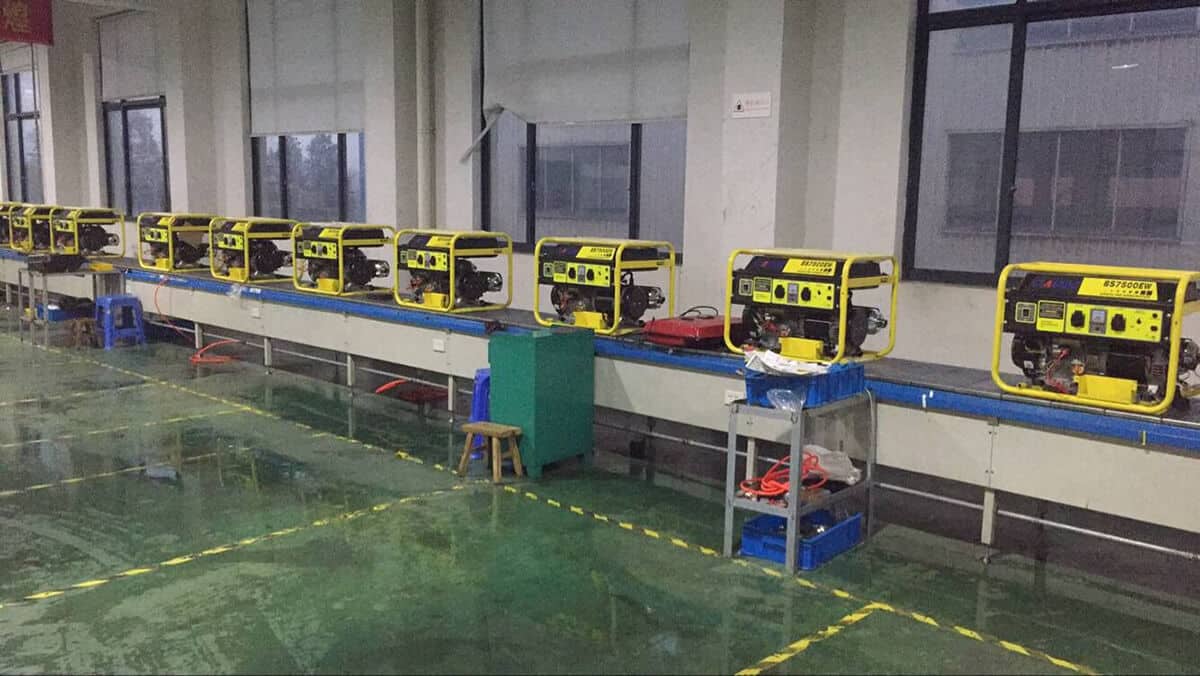
FAQs about breaking in the generator
How long does it take for a generator to break in?
It can take six to eight hours to break in a generator properly. There are several steps to ensure the engine is appropriately lubricated, any remaining debris is cleaned, and the generator is operated with a moderate load before regular use.
Should you break in the generator more than once?
If you have followed the proper steps for a break in the generator, there should be no need to repeat this process.
Can you start the generator without breaking it in?
You can turn on the generator once the gas tank and oil reservoir are complete. However, skipping the necessary actions to lubricate the engine’s moving parts can reduce lifespan and permanently harm some engine components.
Most Popular Posts
QUESTIONS?
CONTACT US TODAY.
buy?
Related Posts
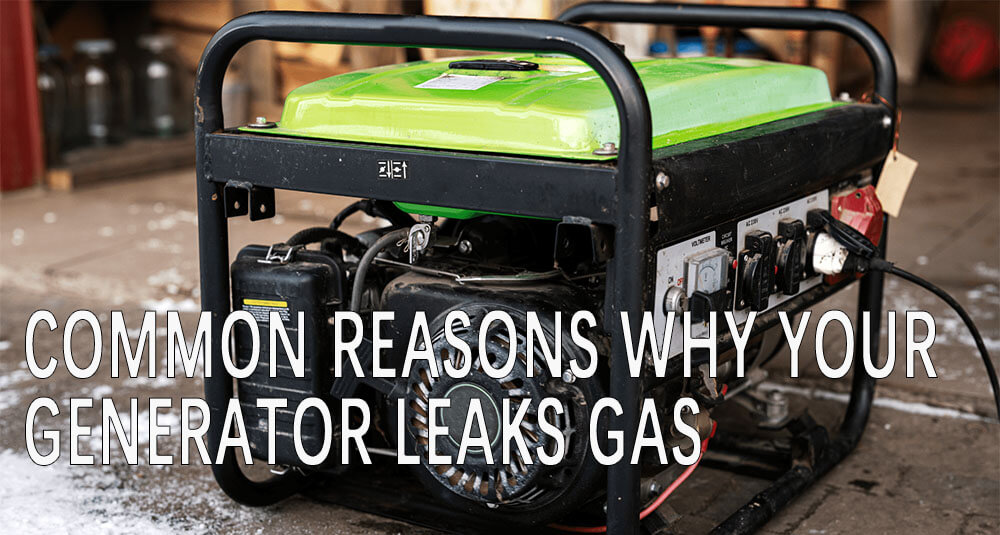
Common reasons why your generator leaks gasoline
In this guide, BISON covers common causes of gasoline leaks, warning signs to watch for, and how to fix the issue.
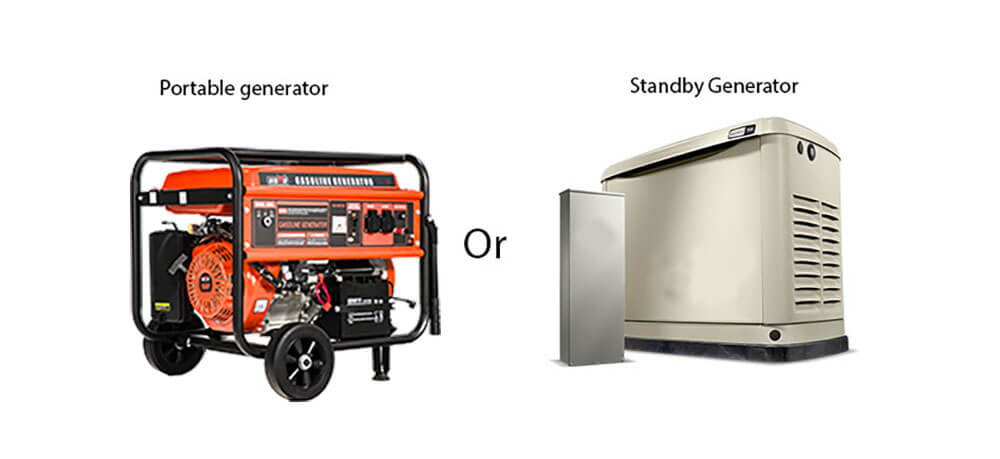
portable or standby generators: which one fits your needs?
This article by BISON breaks down the differences between portable and standby generators. By the end, you’ll find which one fits your needs best.

how to parallel generators: A comprehensive guide
BISON will explain what parallel generators mean and how they work together as a system. We will also focus on the advantages and reliability.
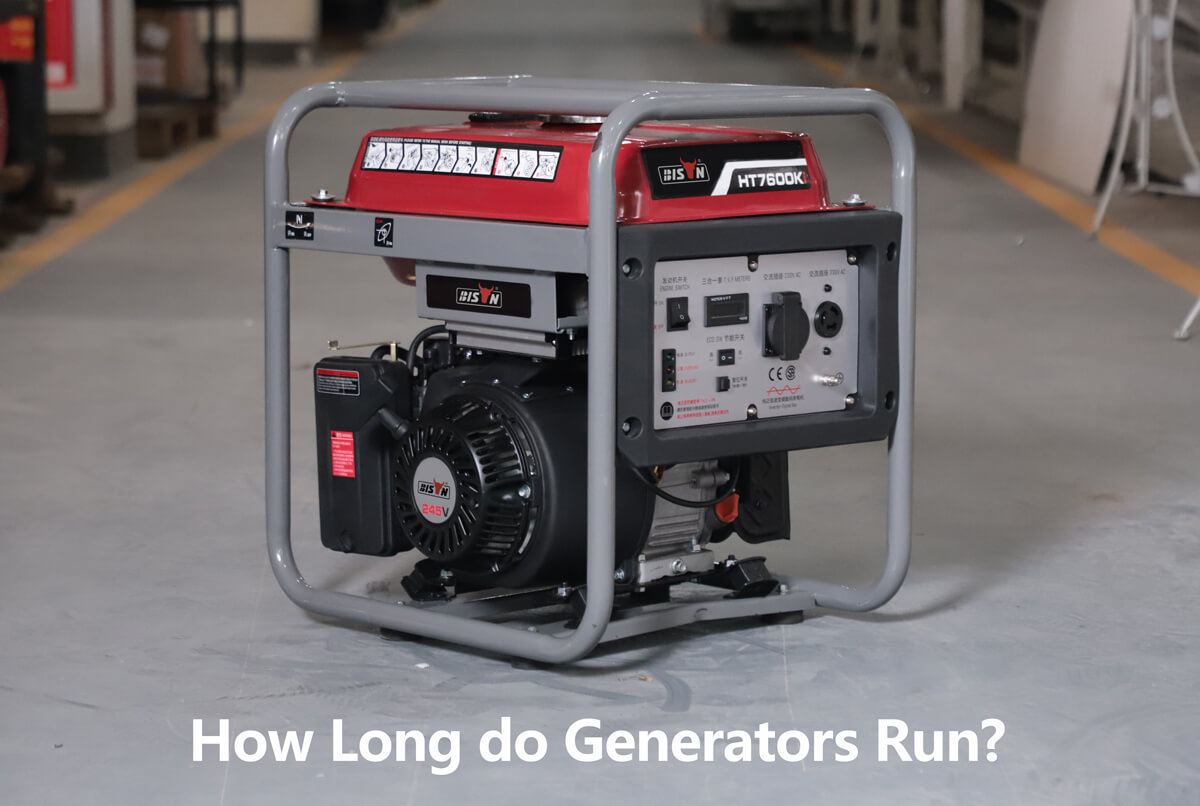
how long do generators run: what you need to know
BISON will dive into everything you need to know about how long a generator runs, helping you choose between generators with different run times.
Related Products
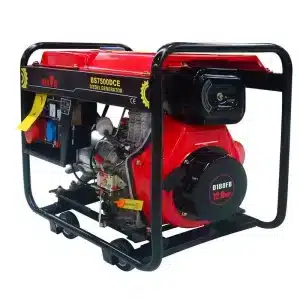
2kva silent smallest diesel generator
2kva silent smallest diesel generator has an intelligent system: it automatically starts when the power
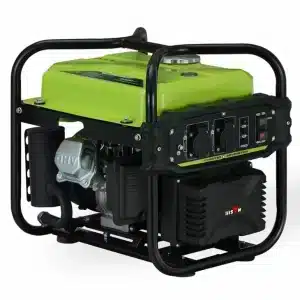
lightweight silent gasoline inverter generator
Ultra-quiet, lightweight, and powerful: introducing the BISON BS-Q2000ix gasoline inverter generator Imagine the convenience of
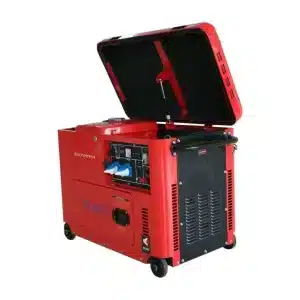
silent diesel generator price for home
BISON adopt three times harmonic excitation technology, making it easy to start. It has strong
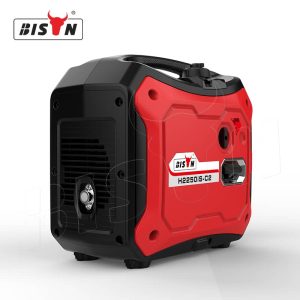
super quiet 3000 watt inverter generator
Product Parameter Place of Origin: Zhejiang, China (Mainland) Model Number: BS-S3200IE Output Type: AC Single
.png)
-qbpqbzxxvtguiuwezisu6wo6j1i29b4m1el1ir1u8o.png)

